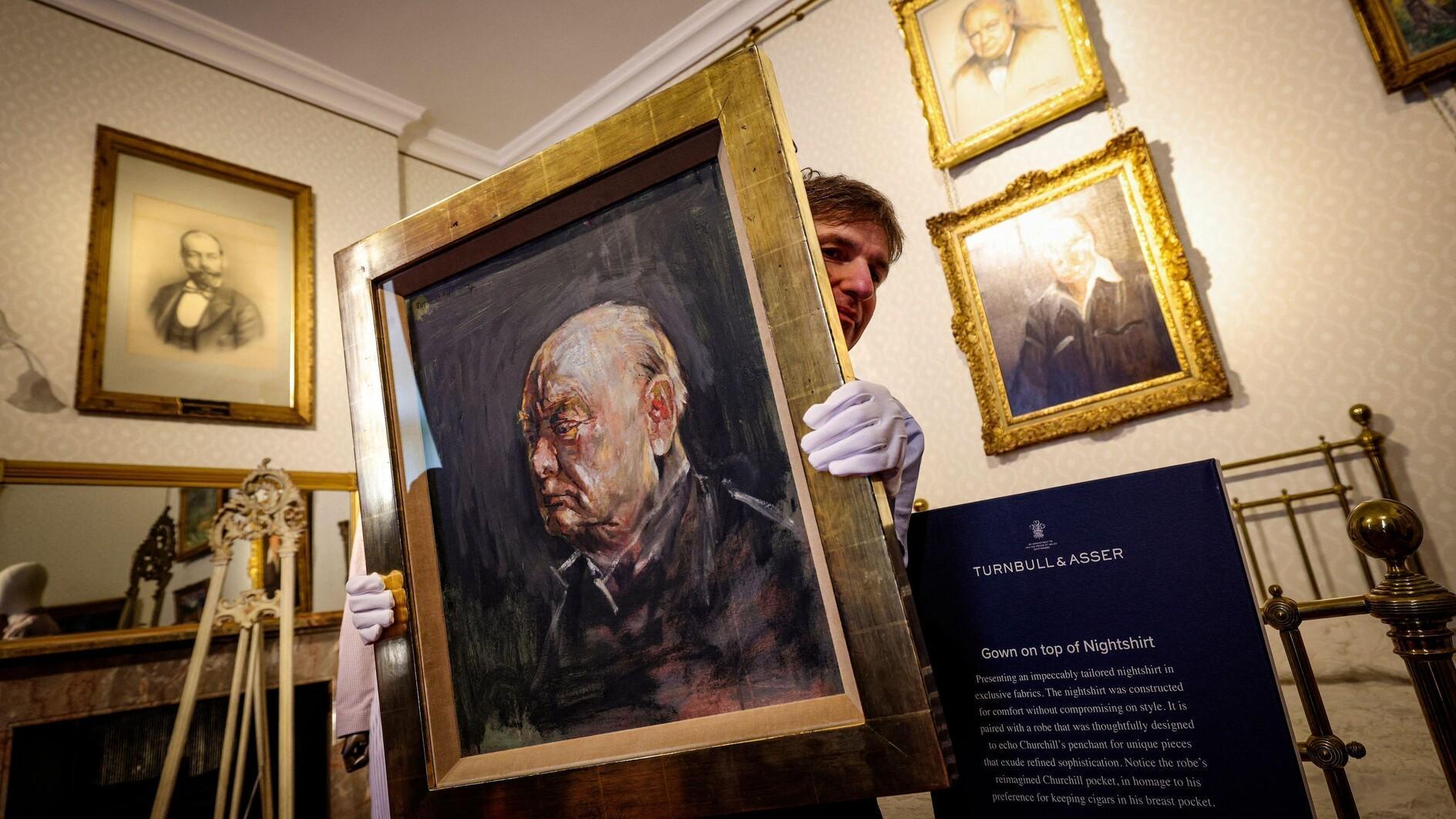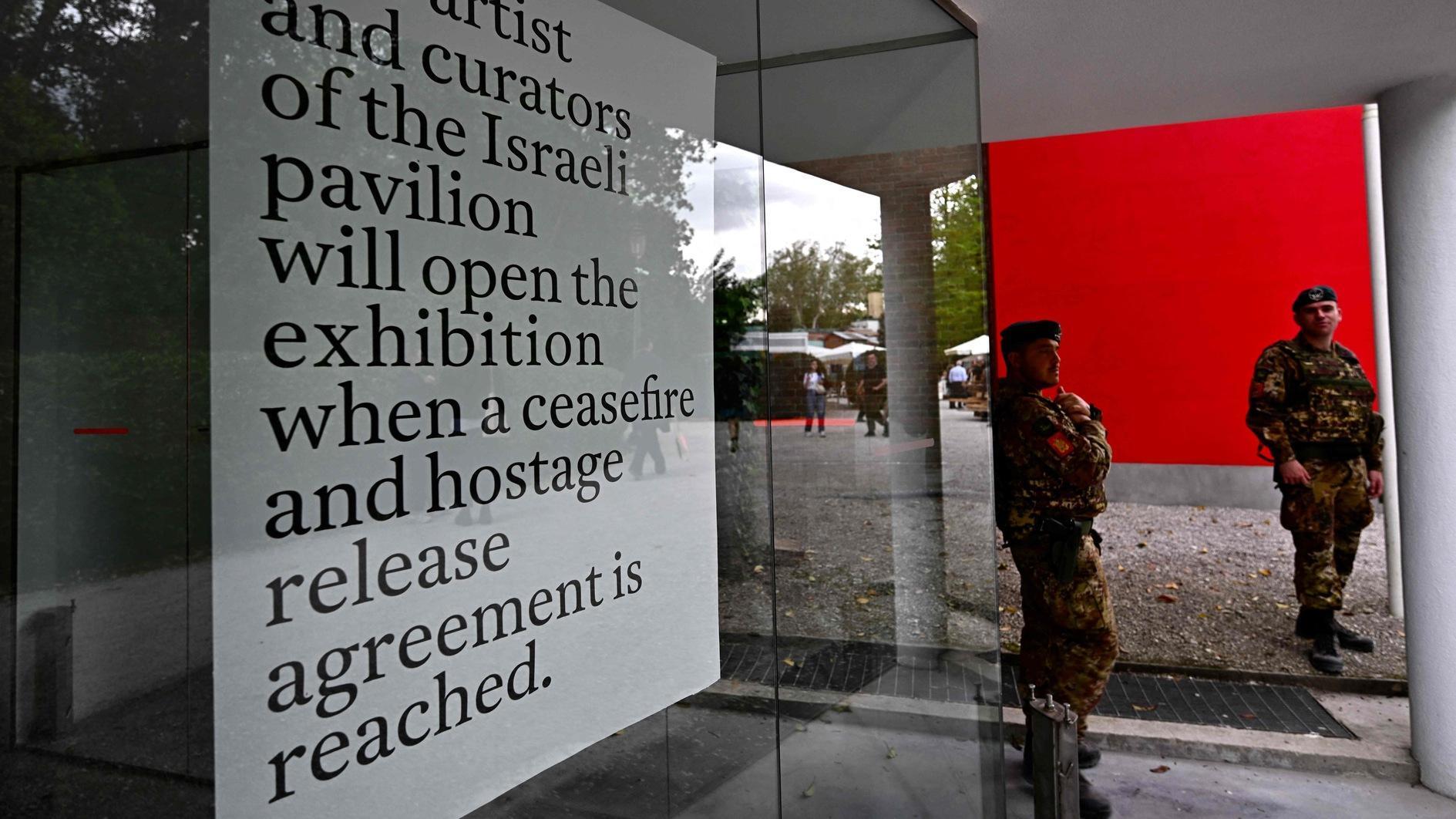Global gold demand down to five-year low in 2014
ANKARA - Anadolu Agency
 The global demand for gold dropped to its lowest level in five years last year, the World Gold Council stated in a report released on Feb. 12.
The global demand for gold dropped to its lowest level in five years last year, the World Gold Council stated in a report released on Feb. 12.Consumer demand for gold fell by 4 percent from 2013, as slow economic growth in Asia dampened sales of jewelry.
The council, a London-based non-profit association of the world’s leading gold mining companies, said sales of gold in Europe were also affected by the reduced value of the euro, and the price of gold in the region rose 14 percent.
In Russia, where the price of gold surged as the value of the ruble plunged, sales of jewelry and physical gold fell off as well.
The average gold price of $1,266 per ounce in 2014 was down 10.3 percent compared to $1,411 per ounce in 2013.
The global jewelry demand, which represents more than half of total global gold demand, was down year-on-year to 2,153 tons, a decrease of 10 percent.
However, India, the largest consumer of gold in the world, saw jewelry demand surge 8 percent to 662 tons, the best year for jewelry since records began in 1995. This was “in spite of government measures designed to restrict gold imports being in place for much of the year,” the council said.
In the U.S., where the economic recovery is well underway, demand for gold rose to highest for five years to 132.4 tons, an increase of nine percent from the previous year. Still, the council said the U.S. market remains far below pre-crisis levels of jewelry demand, which between 2000 and 2006 averaged 360 tons per year.
Annual global investment in bars, coins and exchange-traded funds was 885 tons, a rise of 2 percent compared to 885 tons in 2013, and central bank purchases totaled 477 tons, an increase of 17 percent. It was the fifth consecutive year in which central banks were net purchasers of gold.
Marcus Grubb, managing director of investment strategy at the World Gold Council, pointed out that Asian consumers now buy more physical gold.
“What’s particularly notable about 2014 is that the striking shift in physical gold demand from West to East is now being followed by gold infrastructure development in Asia. New products and trading platforms were introduced like the Shanghai Gold Exchange International Board, the ‘Gold Send’ mobile app in Turkey and the new kilobar contracts in Singapore and Hong Kong, all designed to make gold more accessible to greater numbers of buyers in the East,” Grubb said.
Turkey’s gold demand stood at 68.2 tons last year, a decrease of 7 percent year-on-year.
“Turkish government measures that were put in place at the beginning of the year to limit credit card purchases of gold had a discernible impact on demand: By the end of the third quarter year-to-date demand was 18 percent behind the same period of 2013. The easing of the restrictions in October gave a fillip to the fourth quarter, contributing to the largest year-on-year increase in Q4 demand since 2004,” the council added.
















